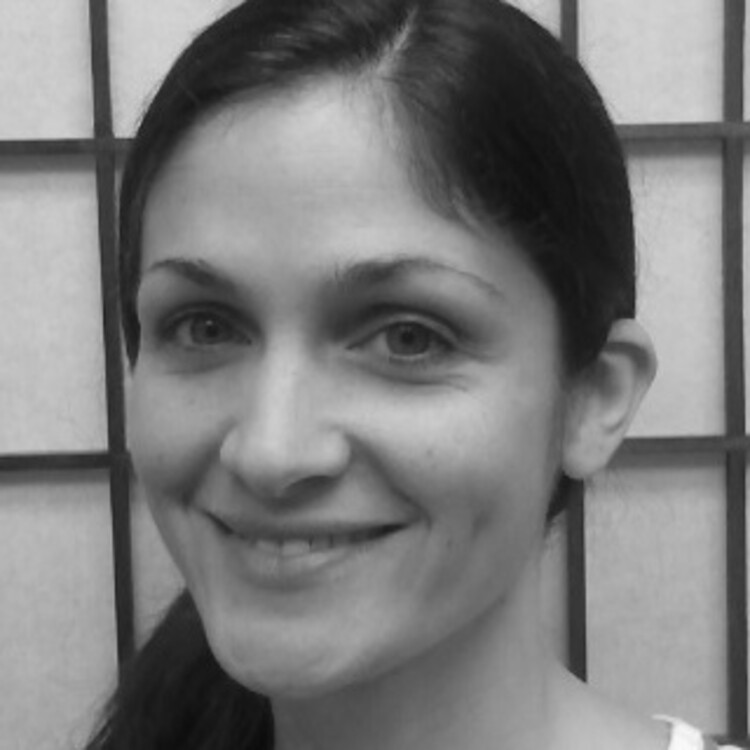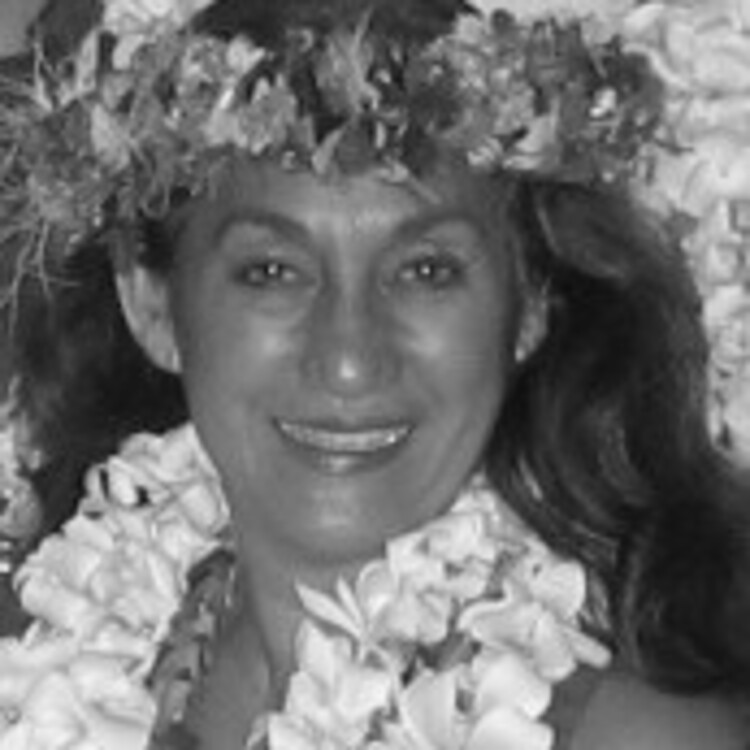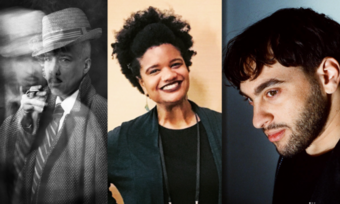Memory in Motion
An Interview with Kuma Hula Vicky Holt Takamine
With the Network of Ensemble Theaters’ (NET) MicroFest Honolulu about to begin on O‘ahu, I sat down with Kumu Hula (hula teacher) Vicky Holt Takamine to talk about hula, the Hawaiian language, and more. Her foundation PA‘I, a non-profit organization established to support native Hawaiian art and artists, is hosting MicroFest and a number of the diverse visiting artists, all of whom are connected by their dedication to art that addresses social and environmental issues, rather than “art for art’s sake.”
Eleanor Svaton: Talk about how you see hula as an art form that addresses social issues.
Vicky Holt Takamine: Hula is a form of resistance. Hula was banned in 1820 by the missionaries, but King David Kalākaua brought hula back. Then the language was banned from being spoken in school. My grandmother spoke the Hawaiian language fluently, but not one of her ten children speaks the language. Because I taught hula, my kids grew up with Hawaiian language in the house. Even if not spoken, you hear the language and you know the songs, you hear them on the radio. We’re surrounded even though you don’t understand. So hula, and Hawaiian music, has helped to perpetuate the language. My two youngest children speak, and my two grandchildren are in Hawaiian Language immersion schools and are fluent. It’s taken me two generations to bring back the language into my family.
Eleanor: Are there certain topics or stories that are usually told through hula, or is it very diverse?
Vicky: It’s quite diverse because there’s hula for every aspect of life. You have hula for birth of children, and genealogies that talk about the ancestors that came before them, where their umbilical cord was planted, where their afterbirth was placed, and that tells you the domain in which this child is responsible for, his kuleana.
Then you have stories about the battles that Kamehameha had with his efforts to unify the Hawaiian islands. You’ve got chants that talk about the beauty of a location that tells you so much about how our ancestors saw it, without all of these buildings. They expressed, through chant, the beauty of the natural environment. It’s important that we look at those older chants so the next generation understands why we’re fighting for our environment.
That’s what’s important about the hula and the Hawaiian language. Through them we’re able to reclaim oral traditions that were passed down through generations, through memorizing.
That’s what’s important about the hula and the Hawaiian language. Through them we’re able to reclaim oral traditions that were passed down through generations, through memorizing. We forget that we have this huge capacity for memorizing things and recording them through oral tradition. When we share our hula, we give it life for another generation with the idea that it will be passed on again.
Eleanor: Do the movements represent words or phrases? How do you choreograph, if that’s even the right word?
Vicky: We don’t necessarily choreograph to the exact letter, so sometimes there’s that underlying meaning. The Hawaiian words have a lot of meaning, or kaona. We sometimes choreograph to the kaona rather than to the literal. There are motions like flower or rain. What kind of rain is it? The kind of rain is in the text. So Hawaiians have a term for all of the kinds of rain.
Eleanor: So it could be a different meaning that comes out?
Vicky: It could be passion, the flood that comes through with a very passionate rain. You could be talking about lovemaking and not really about the rain at all.
All the experiences of life are shared through hula. As a performer you bring your life experience into the dance. If we dance about love, you should have an experience with somebody. A big love, whether love for your parents, spouse, or children—what are those loves like? They’re all different. It’s like with the different kinds of rain. In addition to that, we try to experience being in the spaces where the chants and dances are about. So if we’re talking about the volcano, we need to go visit it. Do we always have to go during the day? Let’s see what the volcano is doing at one in the morning when nobody else is around. Have your own experience with the volcano that’s very special and personal.
Hula, for us Hawaiians, connects us spiritually to our ancestors and to our land. There are some real roots here. When we chant and dance about Pele, we go to her island. We can go to the volcano, Kīlauea, and experience that. For us it’s all about the depth of knowledge.
Eleanor: Traditionally, did only men dance hula?
Vicky: See, now that’s wrong. When we look at hula traditionally, the goddess of hula was Laka. Female. So when everybody tells me, “Well, of course, the males were the only ones to dance hula,” I say, “Give me the documentation.”
Eleanor: Where does that misconception come from?
Vicky: From men.
(laughter)
Vicky: Men get this idea that only men danced hula on the heiau (shrine). Well, women were not allowed on the men’s heiau. So the men danced hula on the men’s heiau, and women danced hula on the women’s heiau. The idea probably came from a western person writing our history. I always challenge it: Did the men worship Laka? If Laka was the goddess of hula, then she was the first dancer. They learned from a female.
Eleanor: As you teach your students hula, how much of the language do they understand?
Vicky: I speak the Hawaiian language text and they have to write it. I don’t give out a printed paper. I write the way my teacher taught me. We pick out key words, so that they understand vocabulary at a very young age. We spend as much time looking in the dictionary as we do dancing. I think that relationship between my dancers and the language is really important. We learn the language as we learn the dance, that way we get a deeper understanding of the text.
Eleanor: Do you like dancing or teaching more?
Vicky: I think I still like dancing more—I like the movements. I like getting into the sharing of it. I enjoy being the student as much as I enjoy the teaching of it. I like the experience of the dancing, the ability to express myself through that mode. I don’t think that hula is just a part-time thing. For me, hula is life.















Comments
The article is just the start of the conversation—we want to know what you think about this subject, too! HowlRound is a space for knowledge-sharing, and we welcome spirited, thoughtful, and on-topic dialogue. Find our full comments policy here